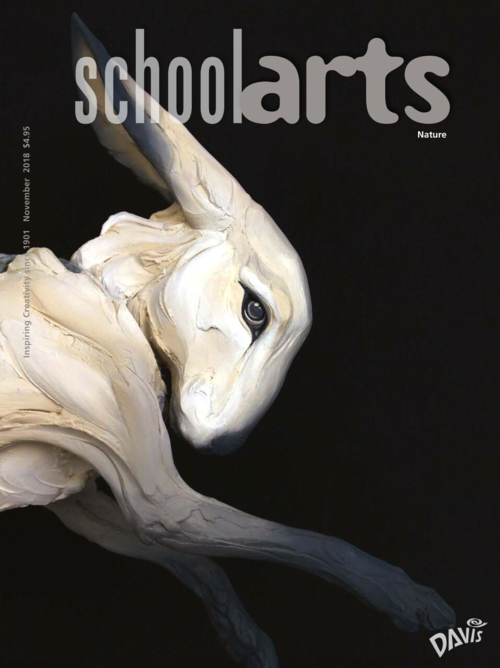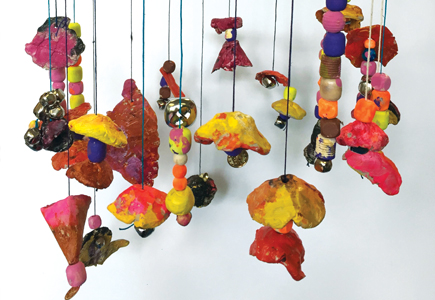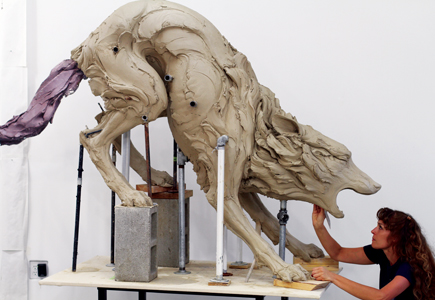
Editor's Letter: Nature
Is nature a welcome guest in your artroom? I was fortunate to grow up surrounded by woods, and my father was a scoutmaster who taught me to look closely at nature. As an art teacher, I always tried to either bring nature into the artroom or take my students outside in it. Today, more than ever, we need to help our students find joy in nature.
Read Article









